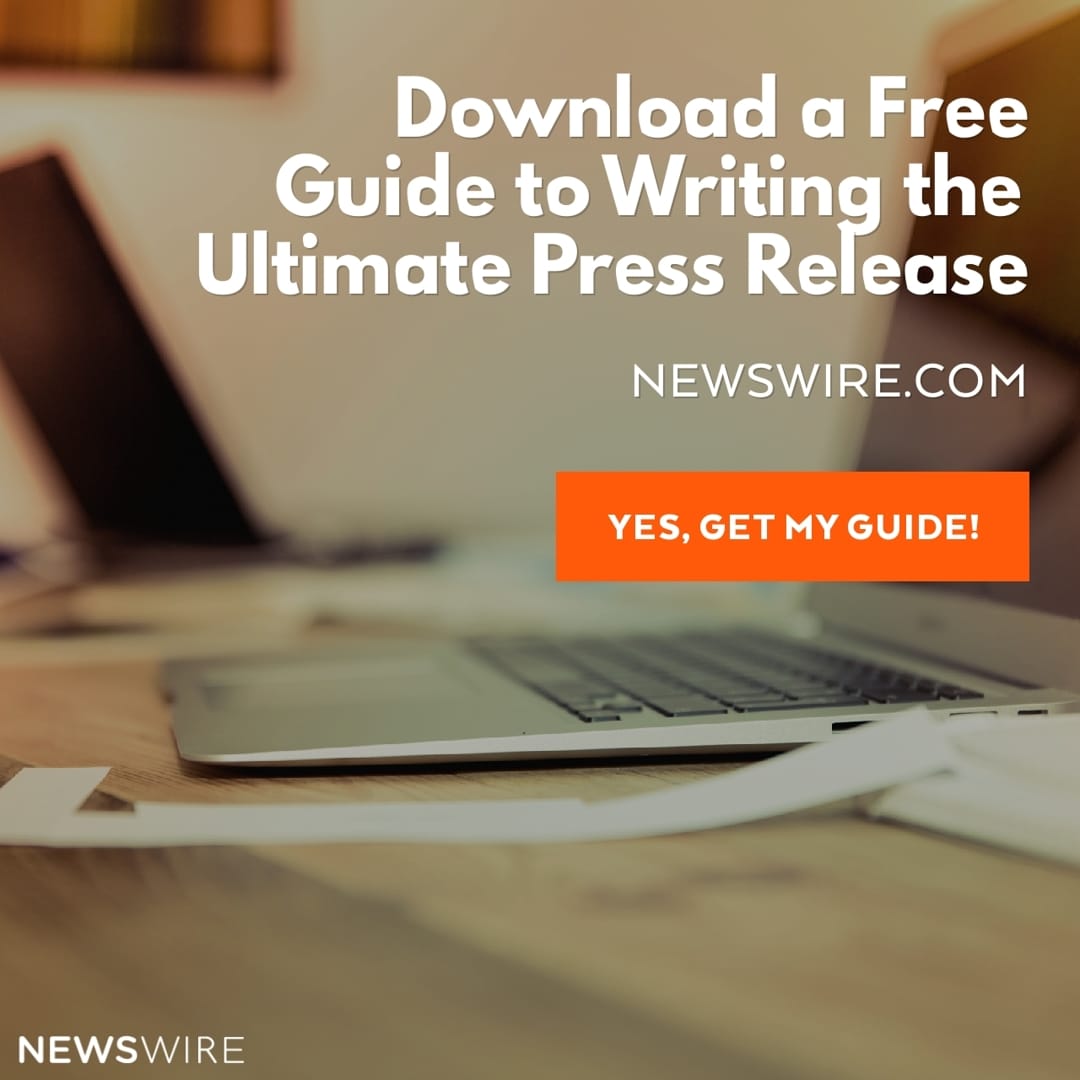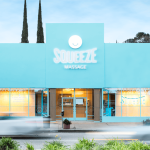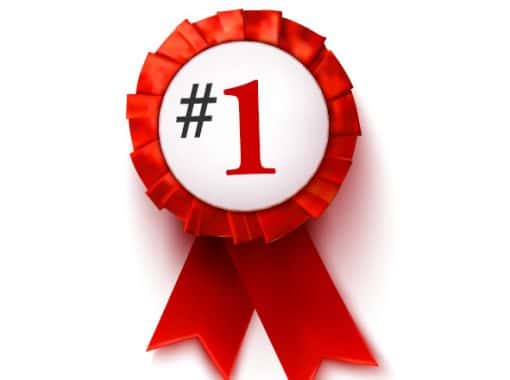
How To Write A Basic Media Release
Media releases also referred to as press releases, are an effective way to spread the latest news about your business more widely. Instead of writing publicity for consumers to see, the intended audience of a media release is journalists and other media representatives.
Media releases should all follow the same structure because journalists want information in a format that will be easy for them to turn into a news story and publish for their target audience. Here are the essentials.
1-A strong headline
The headline should have a keyword in it related to your niche or industry and get people curious about the story.
2-A strong subheadline
The subheadline should also have keywords and give more information about the headline. In addition, it serves as a summary of what the press release is about.
3-A strong factual first paragraph
Journalists write their stories in what is termed an inverted pyramid. That is, the broad part is at the top, the most important information, and the story gradually tapers off to a point, with the least important information at the end. Most journalists try to fit the most important information in the first paragraph. Anything left out would go in the second paragraph.
Journalists use a checklist known as the 5Ws to make sure they don’t leave out any important details. The 5Ws are:
- Who
- What
- Where
- When
- Why
Try to get all of these elements into the first paragraph.
2-An interesting second paragraph
If you can’t fit all of the 5Ws into the first paragraph, continue on to the second paragraph. You can also include images and video in this paragraph. Quotations from staff will also make the story more interesting and therefore more likely to be picked up.
3-A solid third paragraph
In this paragraph, include additional information to show why the press release is newsworthy. Include quotes from niche or industry figures.
4-An effective boilerplate
Your fourth and last paragraph will be your boilerplate. There are three parts to this paragraph:
- The boilerplate
- Your contact information
- A call to action
1. The boilerplate is a description of your business, who you are and what your mission is. It provides a context for your press release and tells journalists why you are worth paying attention to. It positions you in your niche or industry and helps convey authority.
2. Your contact information is essential in case any media representatives want to follow up with you about your press release or consult you for your expertise in some other way. Many press releases don’t just get media pickups. They can often lead to interviews and other opportunities to spread the word about your business.
3. Your call to action should tell readers what you want them to do now that they have read the story. If you want more traffic to your site, send them to an URL to learn more. If you want more subscribers, send them to a page where they can sign up for your email marketing list and get a free item, such as an e-book or e-course.
Follow this structure for all your media releases and see how many pickups you can start to get.
For more detail on writing an effective press release boilerplate, check out our post here.












